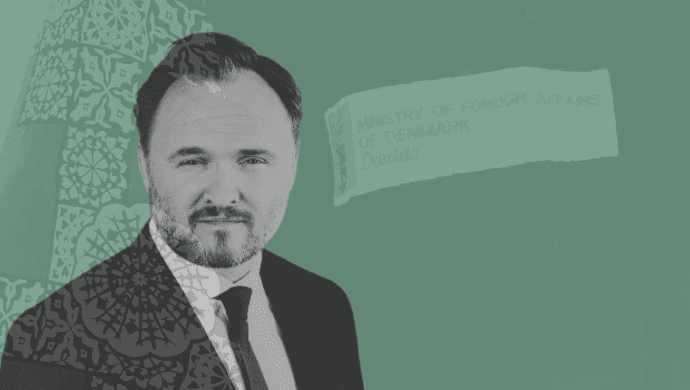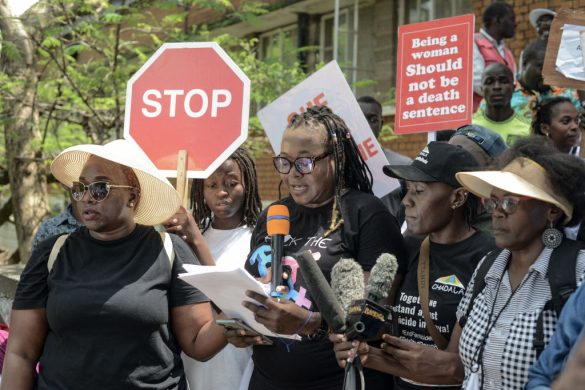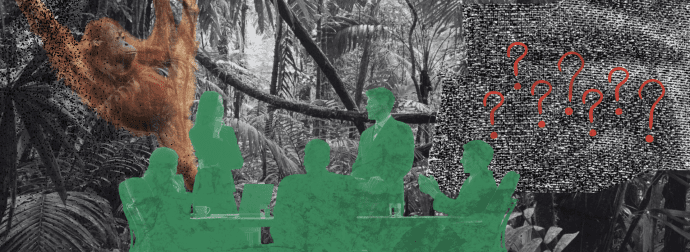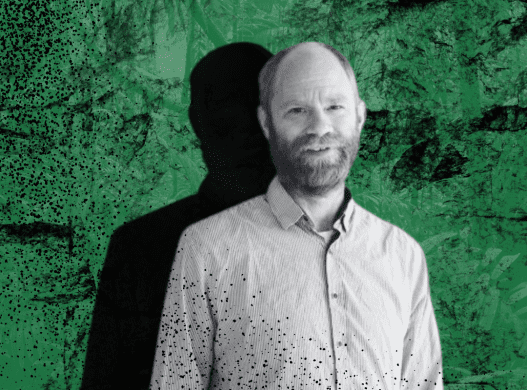GENEVA, 16 June, 2015 (IOM): The discovery Monday of the remains of 30 migrants in Dirkou, northeast of Niger’s Agadez crossroads brings to 48 the total of dead migrants found in the Sahara this week, adding to the growing death toll of Africans and Middle Easterners believed to have perished this year on their way to Europe.
On Sunday, IOM’s (International Organisation for Migration) Chief of Mission in Niger, Giuseppe Loprete, reported the finding of 18 victims near the oasis of Arlit, south of Niger’s border with Algeria. Monday’s discovery appears to have been unrelated. IOM cited local authorities who determined the corpses near Dirkou had been there for “several months,” while those discovered on Sunday are believed to have died within the past two weeks.
Kun få af de døde bliver fundet
Because of the difficulty of searching for migrants transiting – sometimes, wandering lost – in the Sahara, only a fraction of those losing their lives annually are ever located, IOM researchers say.
In 2014, IOM’s Migration Research Unit recorded just over 50 known deaths of migrants travelling on routes headed towards Northern Africa’s Mediterranean coastline.
“This is more reflective of an extreme lack of information than it is of the actual numbers who have died,” said researcher Tara Brian this week.
“Certainly hundreds more are perishing on these routes each year without the knowledge of authorities or the press.”
Brian added that, according to the blog Fortress Europe, which tracks deaths of migrants trying to reach Europe, at least 1,790 migrants have died in the Sahara between 1996 and 2014.
Tallene er underdrevne
She explained that “it is acknowledged that this is an understatement of the true numbers and reflects only those reaching the media. Testimonies of migrants who journeyed through the Sahara indicate that death is common.”
In Brussels, IOM called for more efforts from the European Union to promote safe, legal migration from the Mediterranean zone.
“This is a phenomenon which has occurred with deadly regularity for ages and should convince our EU and African partners of the urgency to set up special response mechanisms at critical junctures along the migratory routes to help people stay safe and make informed migration choices,” said Eugenio Ambrosi, IOM Regional Director for the EU, Switzerland and Norway.
“On-the-spot screening, referral and counselling can help to protect those most vulnerable to the dangers and offer alternatives to reduce their chances of resorting to fatal routes and criminal networks,” Ambrosi added.
1.865 er døde på Middelhavet i år – 60.000 er blevet reddet
80.000 – 120.000 migranter vil passere Niger i år
Nigerien authorities’ forecasts for 2015 indicate between 80,000 and 120,000 migrants from West and Central Africa will traverse Niger towards Libya and Algeria seeking either to work in those two countries, or to reach Europe by sea.
“Migrants enter Niger in many different ways, in particular through porous land borders, following the main routes from sub-Saharan Africa,” said Loprete of IOM Niger. “Trapped by smugglers and traffickers, they often found themselves without any resource or assistance.”
Between January and May 2015, IOM Niger provided assistance to more than 5,100 stranded migrants through its transit centers.
Niger har brug for international hjælp
As a crucial step in addressing the challenge of irregular migration through Niger, the National Assembly approved last month an anti-smuggling law.
However, the recent tragedy shows the need to strengthen the efforts of Niger’s government to effectively control their borders, collect systematized data and protect the most vulnerable migrants in need of humanitarian assistance.
Loprete called for governmental and civil society actors to join forces to better communicate with media – and with migrants themselves – on the challenges of migration as well as the real dangers of irregular migration in countries of origin, transit and destination.
According to IOM, the victims were mostly West African nationals, including citizens of Niger, Mali, Côte d’Ivoire, Senegal, Central African Republic, Liberia, and Guinea, with one victim reportedly from Algeria.
IOM Niger is working to collect information confirming the identities of all those discovered this week to inform respective embassies and survivors, an official of IOM Niger said Tuesday.















